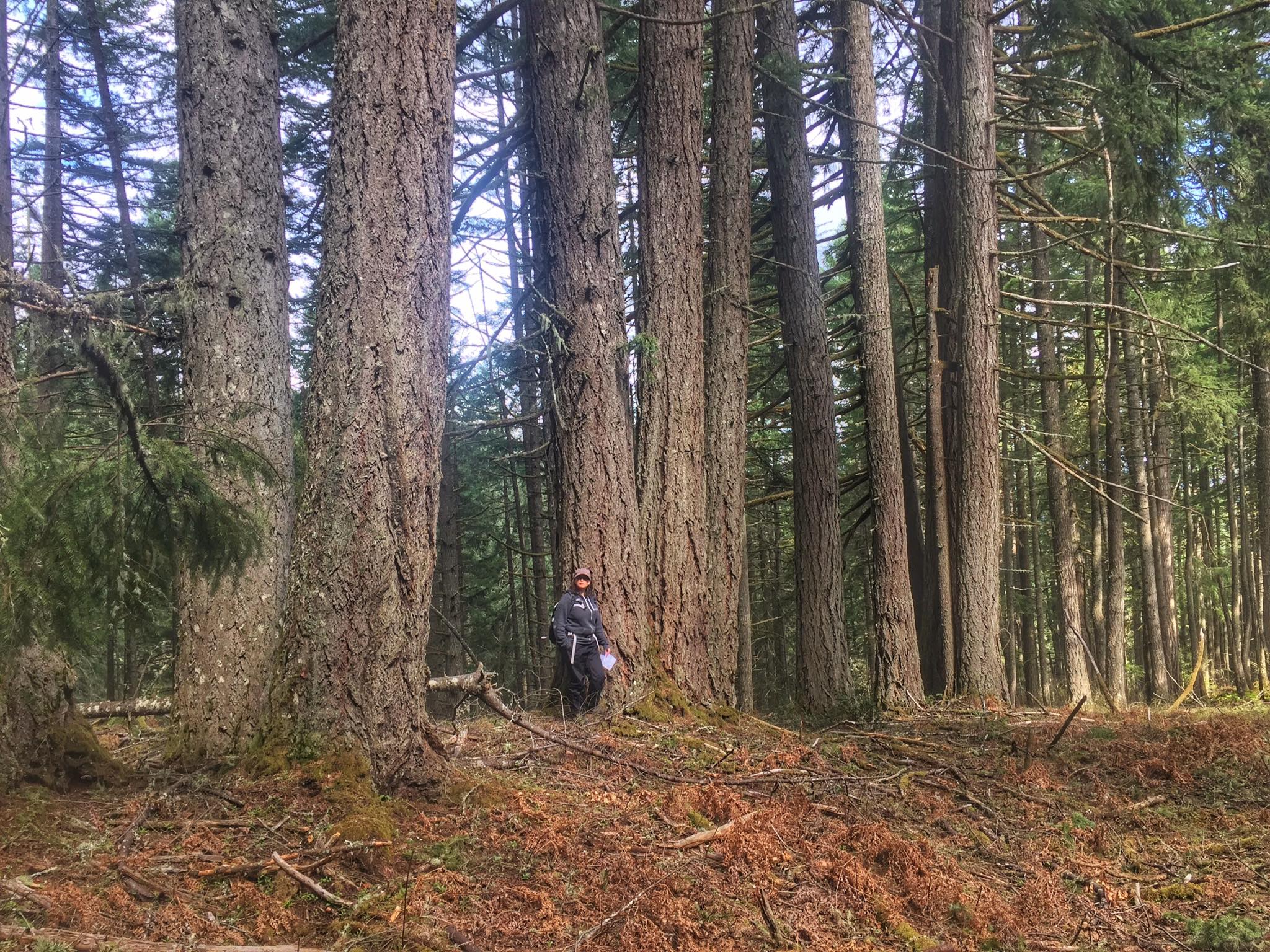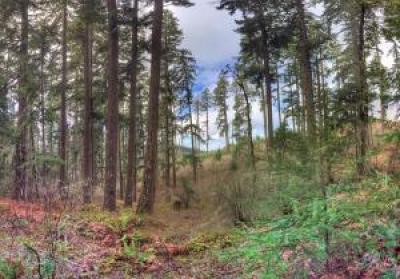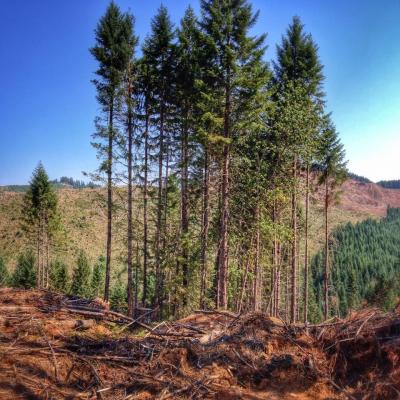
We Can Celebrate and We Can Do Better by Doug Heiken
The Northwest Forest Plan went into effect on May 20, 1994 and immediately brought improved management to federal forests within the range of the northern spotted owl. After 25 years we can celebrate the plan's successes, lament its failures, and continue the fight for better management to protect old-growth, water, fish & wildlife, carbon, and quality of life.
The plan came into being¬ after decades of unsustainable clearcutting and road-building radically altered forest ecosystems. The northern spotted owl and marbled murrelet were listed under the Endangered Species Act just prior to the adoption of the plan, and many stocks of salmon were listed shortly after. In court, federal agencies lost a string of lawsuits and were found guilty of a “remarkable series of violations of the environmental laws.”
Brought to life by President Clinton and guided by some great scientists, the Northwest Forest Plan establishes a comprehensive federal policy for managing 24 million acres of federal forests in western Washington, western Oregon, and northwestern California. Key components of the plan include:
- Large “reserves” that are supposed to provide habitat for wildlife dependent on old-growth forests. Most, but not all, of the remaining older forests are protected in reserves. The agencies have exploited loopholes to log old-growth in the reserves, especially after fires;
- Generous stream buffers to protect water quality and habitat. The agencies have excuses to do a lot of logging in these stream buffers;
- A requirement to survey and protect rare species that may be in the path of old-growth logging. The agencies have made numerous attempts to eliminate these requirements; and
- Logging is allowed, including some old-growth logging, in the “matrix” between the reserves.
- We are only 25 years into a plan that is supposed to take 100-200 years to accomplish, and the plan is already coming under strain, while new reasons to conserve forests, such as climate change, are not getting the attention they deserve.
There are several chapters in the life of the Northwest Forest Plan:
 |
| BLM plans to clearcut this Area of Critical Environmental Concern, leaving only a few trees per acre |
- There was almost no “honeymoon period” for the plan because shortly after it was adopted Congress was taken over by Newt Gingrich’s revolutionaries and they adopted the so-called Salvage Rider, which forced through a larger number of enjoined, pre-forest-plan, old-growth timber sales that lacked protection for streams and endangered species, and it shielded all timber sales from judicial review for a critical transition period. This sowed public distrust of the agencies and the plan and lead to a huge backlash among forest activists;
- The agencies made several attempts to amend and weaken the plan, especially the requirement to survey and buffer habitat for rare species in the path of old-growth logging. Legal actions, led by Oregon Wild and others, helped retain these requirements, and this led the agencies to realize (with a little prodding from Oregon Wild) that logging old-growth is too much trouble. The agencies can avoid costly surveys (and lawsuits) by focusing on thinning dense young plantations (i.e., restoring some diversity to clearcuts from decades past). This kept the agencies busy for nearly 15 years, but now the agencies are drifting back toward logging older forests instead of young plantations, and clearcutting instead of thinning;
- The Bush Administration entered into a sweetheart settlement with the timber industry and the counties which required them to amend the Northwest Forest Plan, reassess whether endangered species really deserve legal protection, and extract BLM entirely from the Northwest Forest Plan so they could dodge the restriction in the plan and do more logging. This lead to a lot of litigation which mostly affirmed the plan and rejected attempts to weaken it. However, BLM’s latest attempt to exit the plan is still being litigated and remains in effect.
Many things have changed since the Northwest Forest Plan was approved:
 |
| BLM leaves little clumps of trees in their clearcuts and asks us not to call them clearcuts. Sorry BLM, still a clearcut. |
- The global climate crisis is upon us. In the decades preceding the Northwest Forest Plan, liquidation of the carbon-rich old-growth forests of the Pacific Northwest added significantly to the cumulative over-abundance of greenhouse gases in the atmosphere. The plan reduced logging to such an extent that northwest forests switched from being a source of carbon emissions to become a net sink of carbon. This highlights that forests can be part of the climate problem or part of the climate solution. Unfortunately, the agencies continue to approve logging projects that exacerbate global warming.
- The barred owl, originally from eastern North America, has invaded the entire range of the northern spotted owl, and now competes with spotted owls for food and territory. Biologists tell us that we need to protect more old forest habitat to increase the chances that these two owl species can co-exist. The agencies have not adjusted their strategies to address the barred owl invasion.
- The timber industry has shifted to rely mostly small second-growth logs and the broader economy has changed and diversified. Some predicted a significant economic downturn would be triggered by limiting the timber industry’s access to federal timber. This did not materialize. The regional economy added far more jobs than were lost due to federal logging restrictions. The future of the regional economy depends much more on maintaining our unique quality of life, not commodity extraction.
In 2016, BLM adopted new Resources Management Plans for more than 2 million acres of western Oregon forests. The new plans shrink stream buffers, weaken protection for old forest reserves, and eliminate requirements to protect rare wildlife, all in order to emphasize timber production. This effectively ended BLM’s participation in the Northwest Forest Plan, unless pending litigation in the 9th Circuit reverses their decision.
The Forest Service manages over 20 million acres of public forests spread across 3 states that are governed by the Northwest Forest Plan. They have initiated steps to amend and update the plan. We are fearful that they will follow BLM’s path toward more logging, which would be directly counter to the best available science indicating a continued need to protect and restore old-growth forests to safeguard our clean water, viable populations of fish & wildlife, stable climate, and quality of life.

